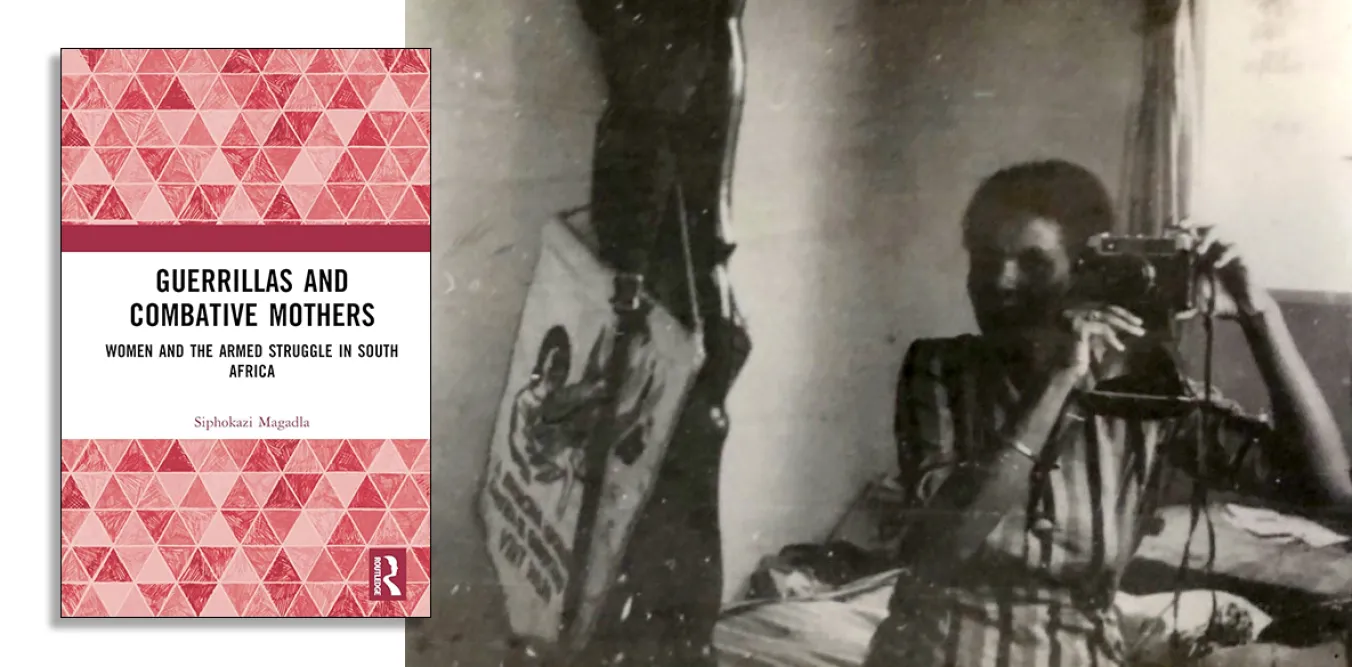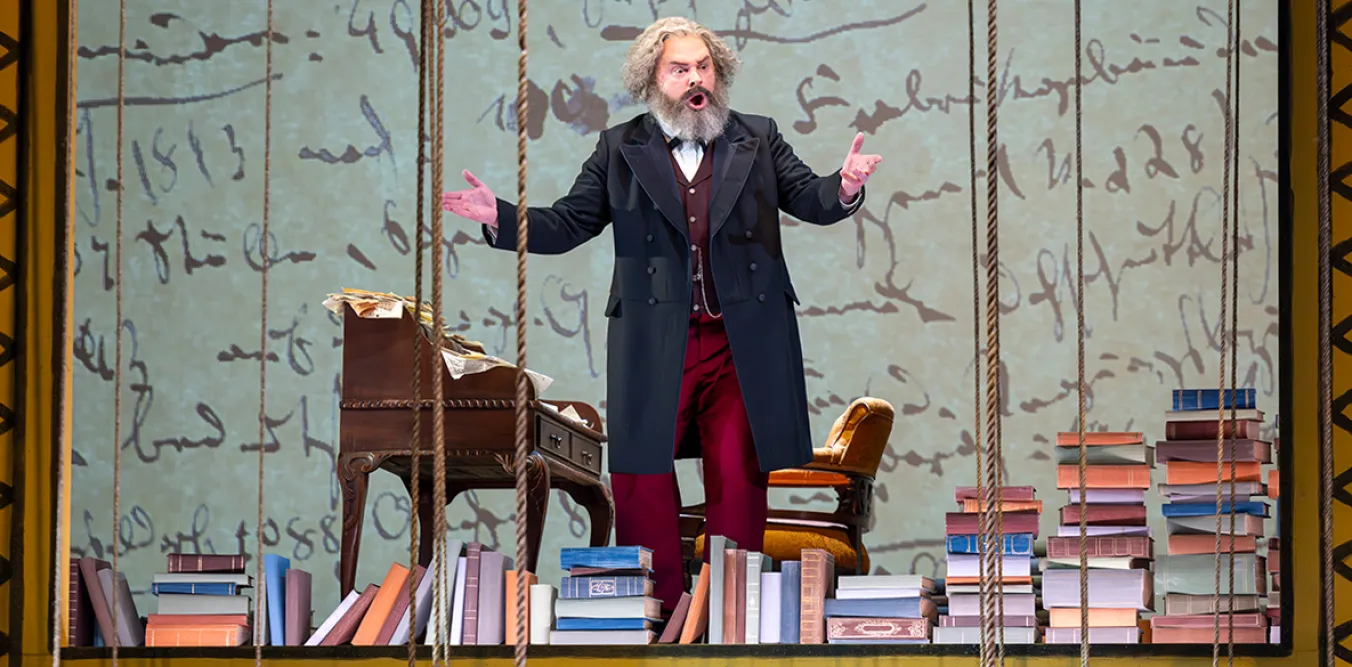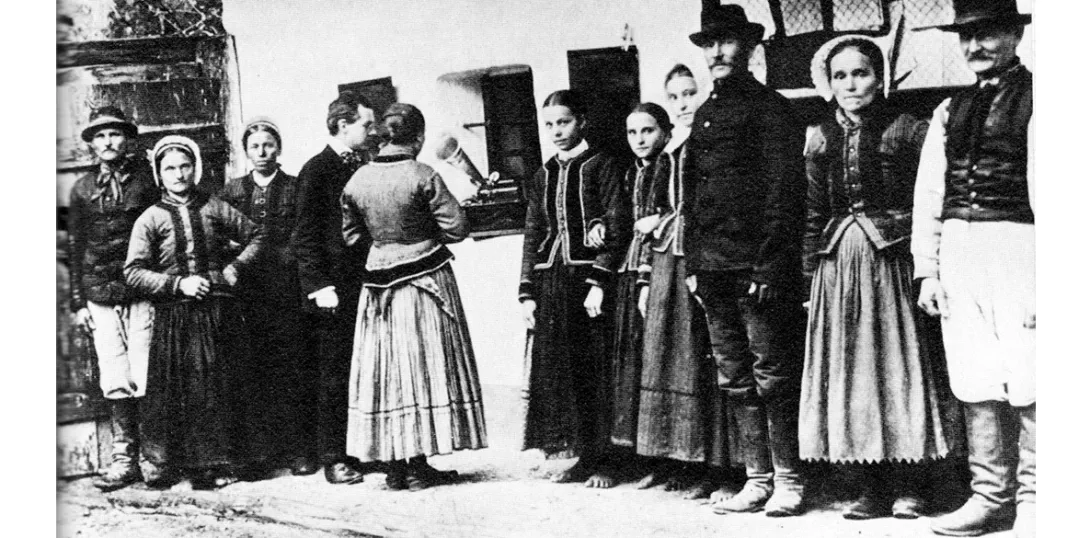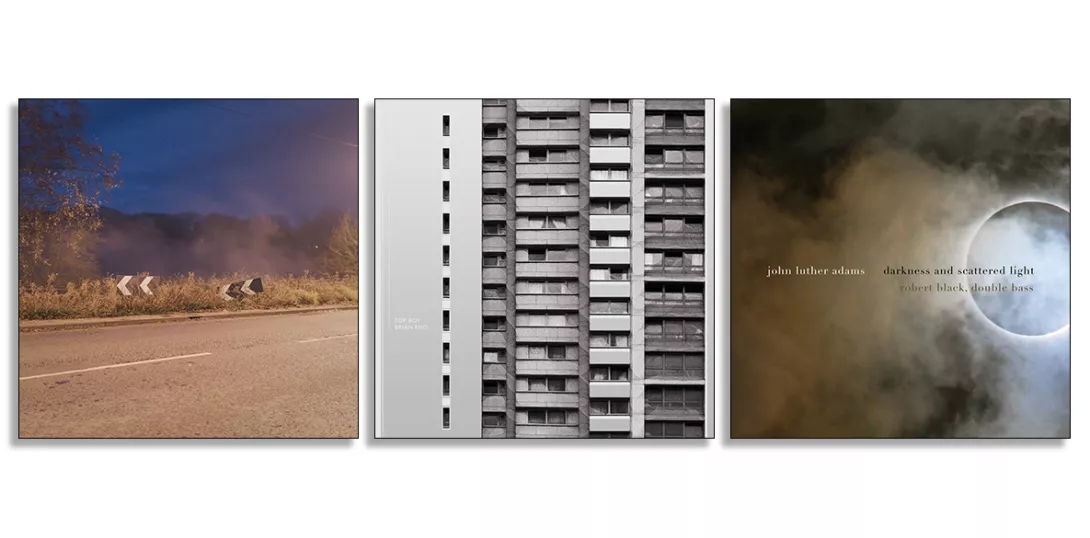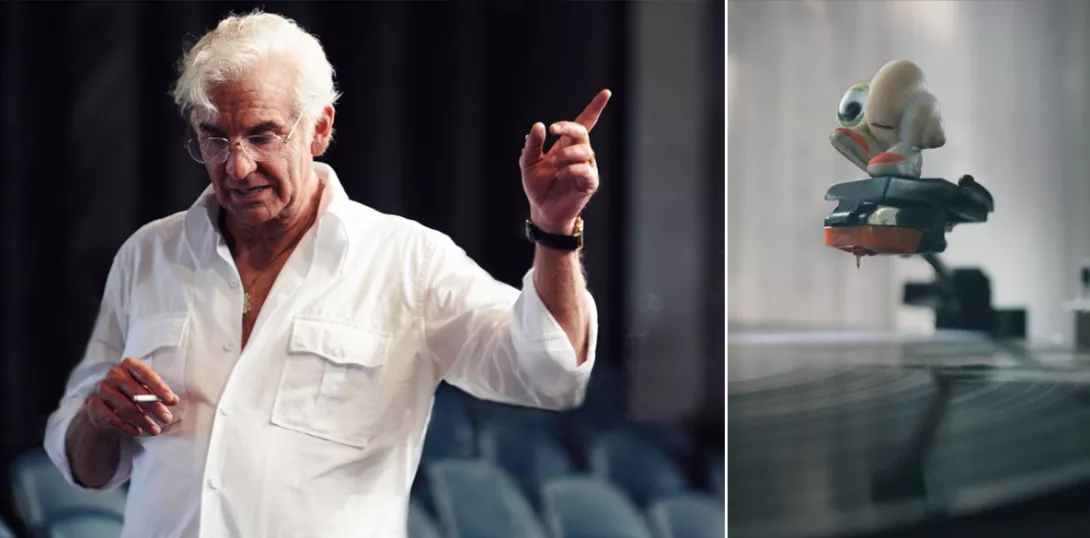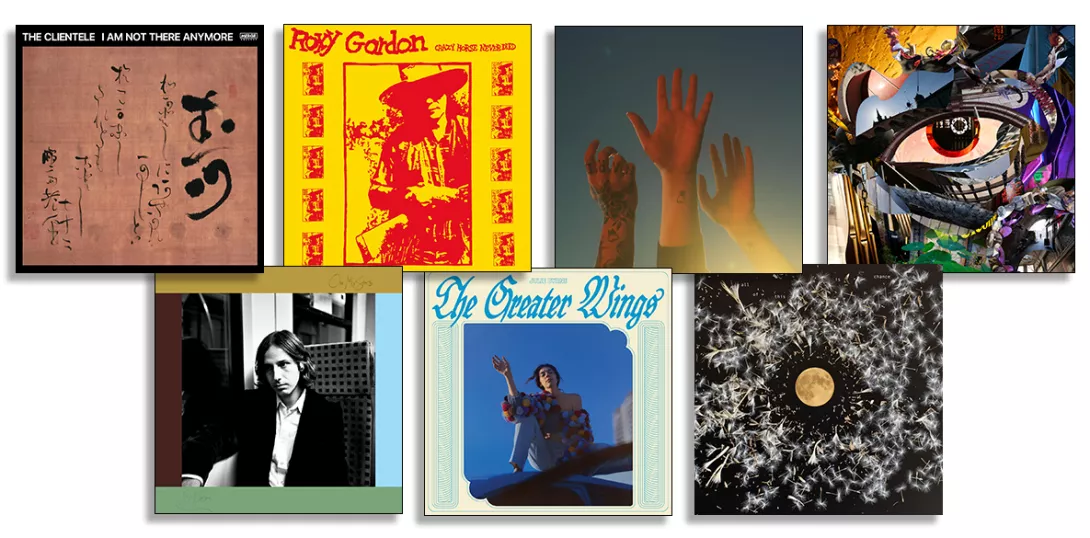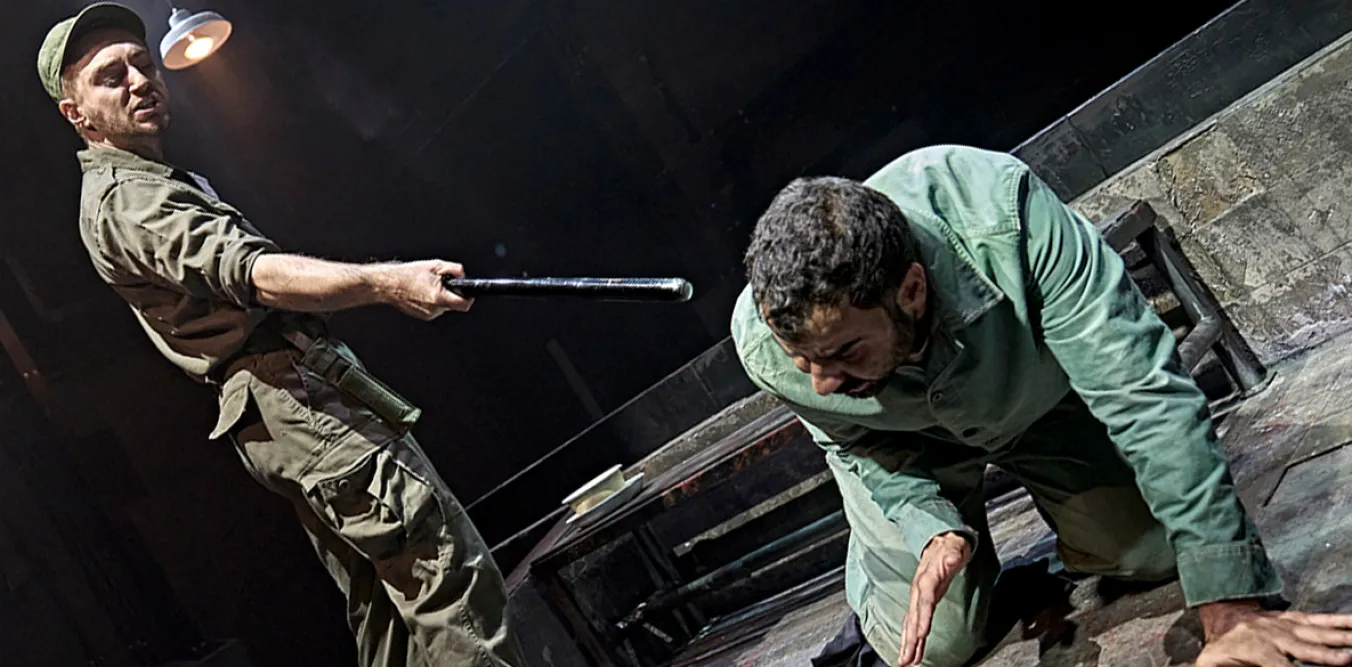
THIS has been a good year for contemporary classical music and experimental electronic. Machine Learning, AI, Immersive, the Blockchain and NFTs are all offering new chances for progress. Hopefully in 2024 new radical composition will follow the tech.
The best were:
Lee Gamble’s album Models (Hyperdub) was a major highlight. The Birmingham artist-producer spent two years building vocal systems using various methods with each vocal on the album cybernetic and almost wordless. Conjuring up unsettling and out-of-body voices that both haunt and tease. She’s Not is the standout track. Winding around distant far offshore Cocteau Twins inspired guitar hooks. Then emotive vocals drenched in harmonised reverb.
Oneohtrix Point Never’s album Again (Warp) fuses electronic and classical elements to produce a surreal sonic paranoia cacophony. Throughout vocal techniques and machine learning tools are explored. Computer voices often splutter through the mixes. On an Axis that uses OpenAI’s Jukebox that acts as a kind of neural net that generates music. Also used is the Adobe Enhanced Speech tool. The end sonic giving off a poetic hallucinatory effect full of dreamed up words from alien worlds.
Brian Eno’s continues to output innovative work. His latest release is the soundtrack for the Netflix crime drama Top Boy (Verve). His music is full of soft and hard ambient textures, off-centre rhythms and hidden atmosphere. Stand out tracks include Overground, a drifting melodic dreamscape and the focused modesty of the main titles. The melodies often simple, not really sophisticated, or grown-up to underline the drama.
John Metcalfe’s album Tree (Real World) is essentially a concept work that explores the life of a Tane Mahuta tree, the largest known living kauri tree in the world. To be found in an ancient subtropical rainforest on the North Island of Aoreatoa, New Zealand. Written for live orchestral players, recorded in Abbey Road Studios, the music shimmers and pulsates throughout, evoking nature in bold ways.
Stephen Hough’s composition album, Mirabilis (Orchard Classics) is a deeply affecting, spiritual and modern work. The main focus of the album is a 20-minute five-movement work originally commissioned for Westminster Cathedral Choir. During the Credo Hough explores aspects of the psychology underlying the nature of belief and doubt. Recorded in St John the Evangelist Roman Catholic Church in Islington, north London, over four days in April 2023. The recording has laser like definition for both choir and organ.
A new recording of John Tavener’s iconic cello concerto The Protecting Veil (SWR) by cellist Lionel Martin is a bold imaginative interpretation. The album opens up with the title movement, bursts of sublime melodic modern stabs bloom and open up towards the end, backed with the power of the string section, then back to subdued meditation. The second movement The Birth of the Mother God further explores deep themes and moods. Sliding, shifting refrains hold a delicate melodic balance, half way through further triumphant celebratory flourishes.
John Luther Adams is a American Pulitzer and Grammy-winning composer whose themes gravitate towards environment concerns. Inspired by Alaska, where he previously lived, combined with a fresh approach to minimalism. His new album Darkness and Scattered Light (Cold Blue Music) for solo double bass played by the late Robert Black whose poetic interpretation traces long melodic lines across harmonic arcs.
March saw the sad loss of Japanese pioneer Ryuichi Sakamoto, after a long battle with cancer. His final album 12 (Milan) is a series of pieces for piano, synths and bells with each title referring to the day it was recorded. The closing track is a one-minute field recording of bells ringing in the wind. Modest, humble and haunting. Like the man himself, hugely missed.

